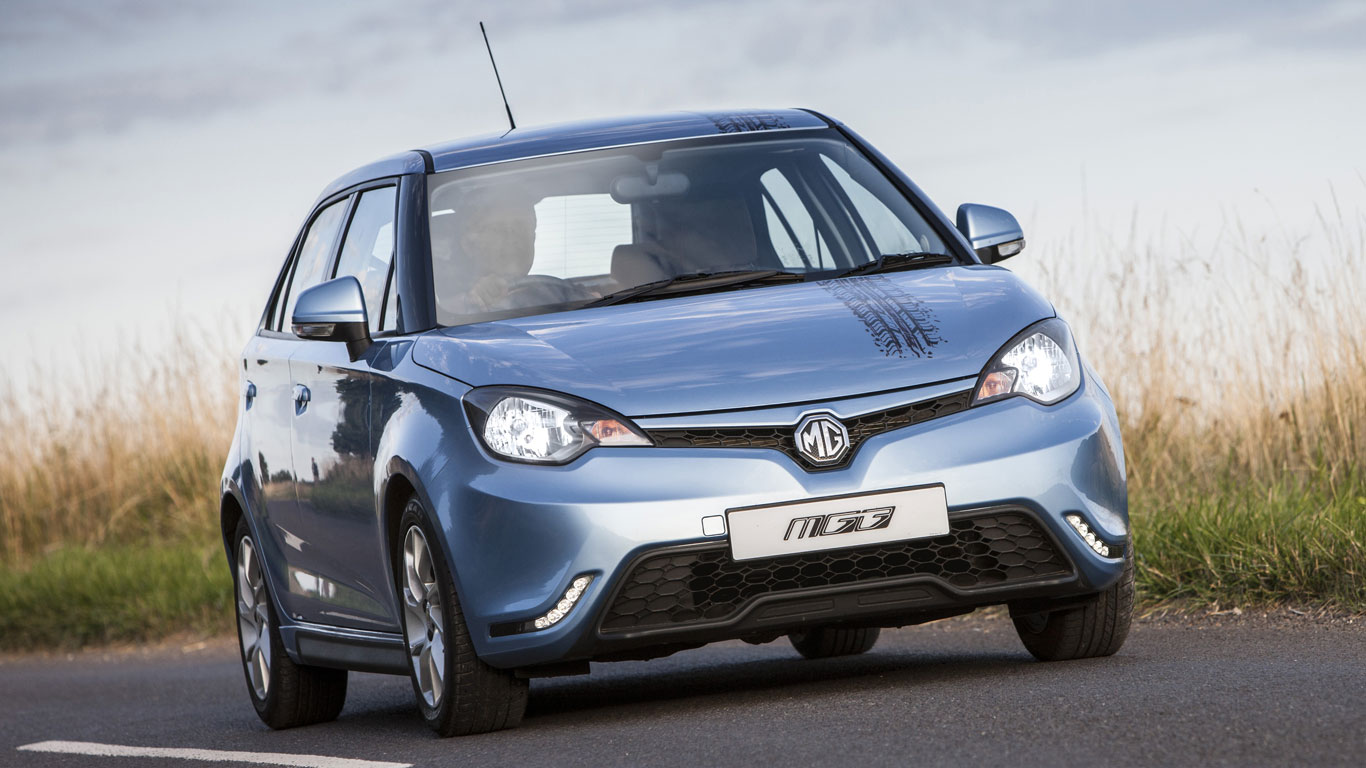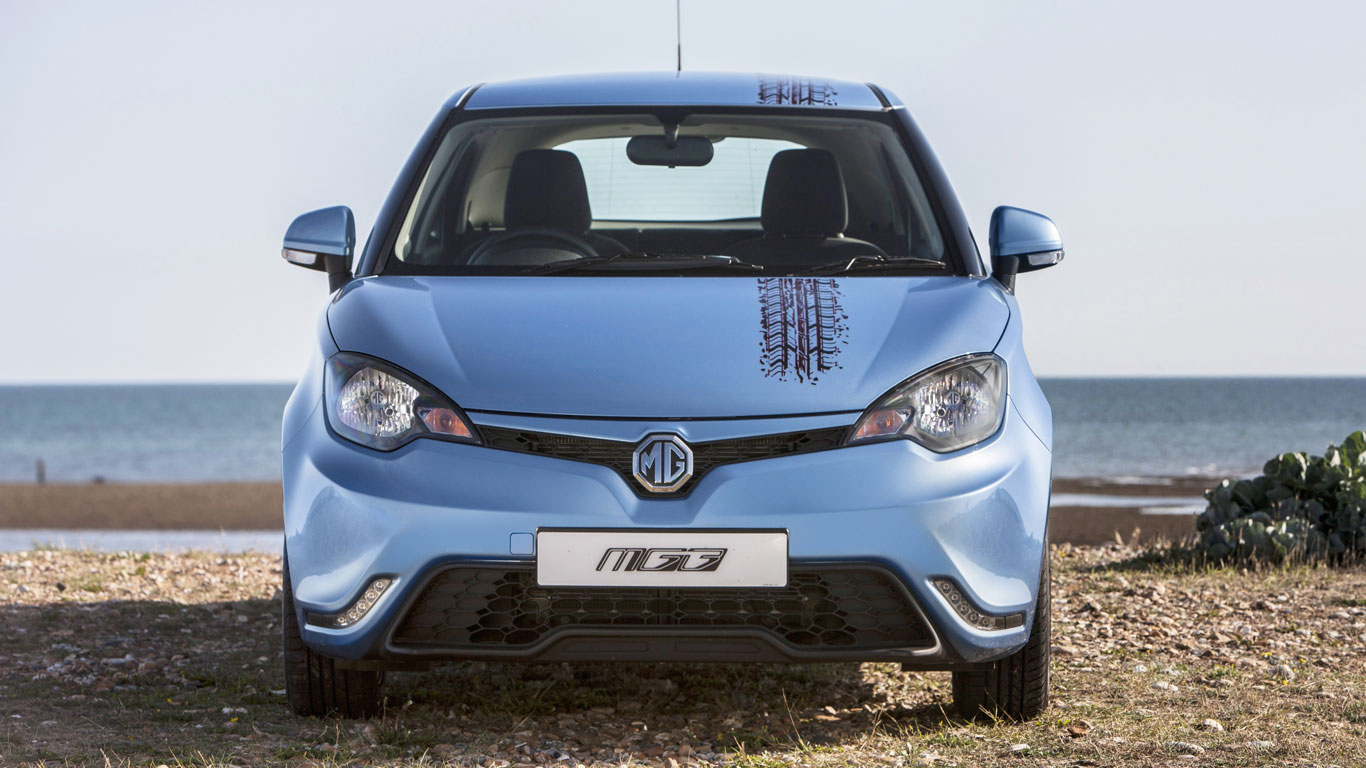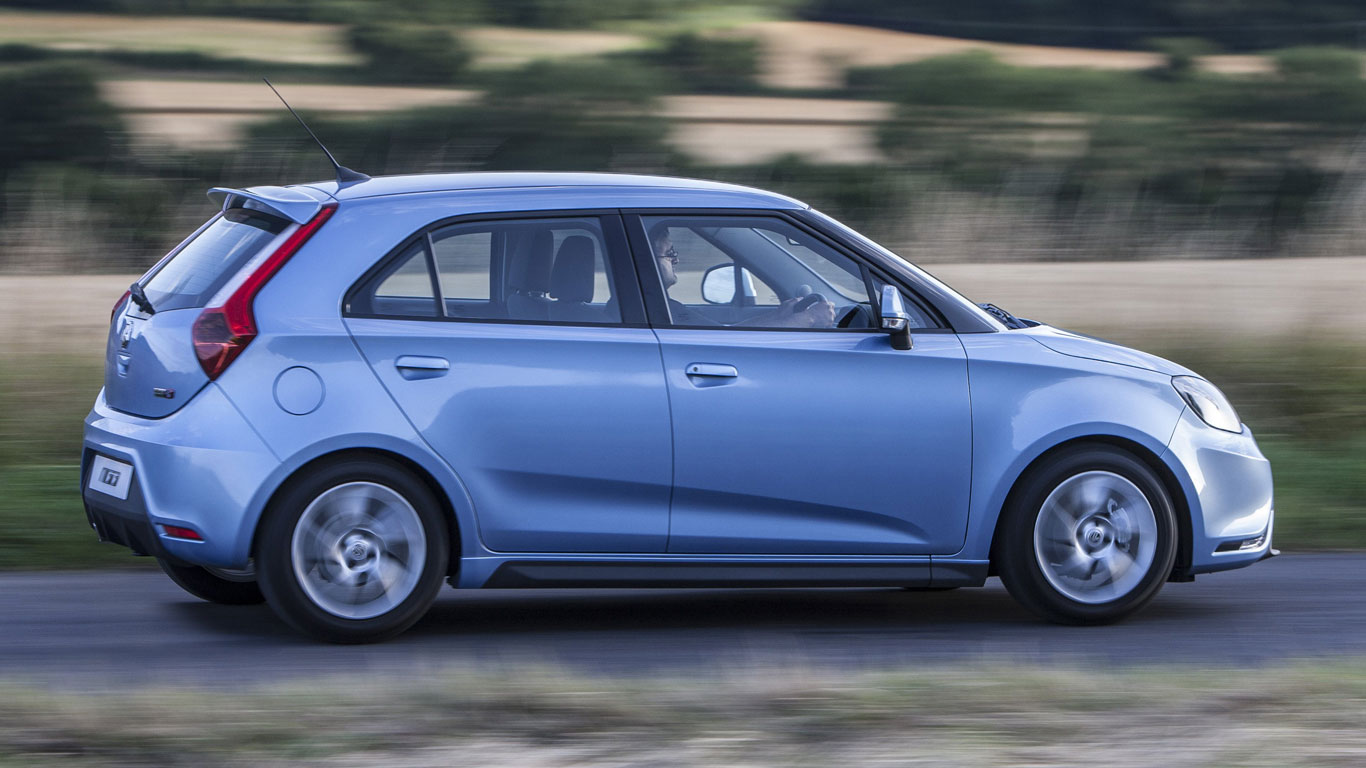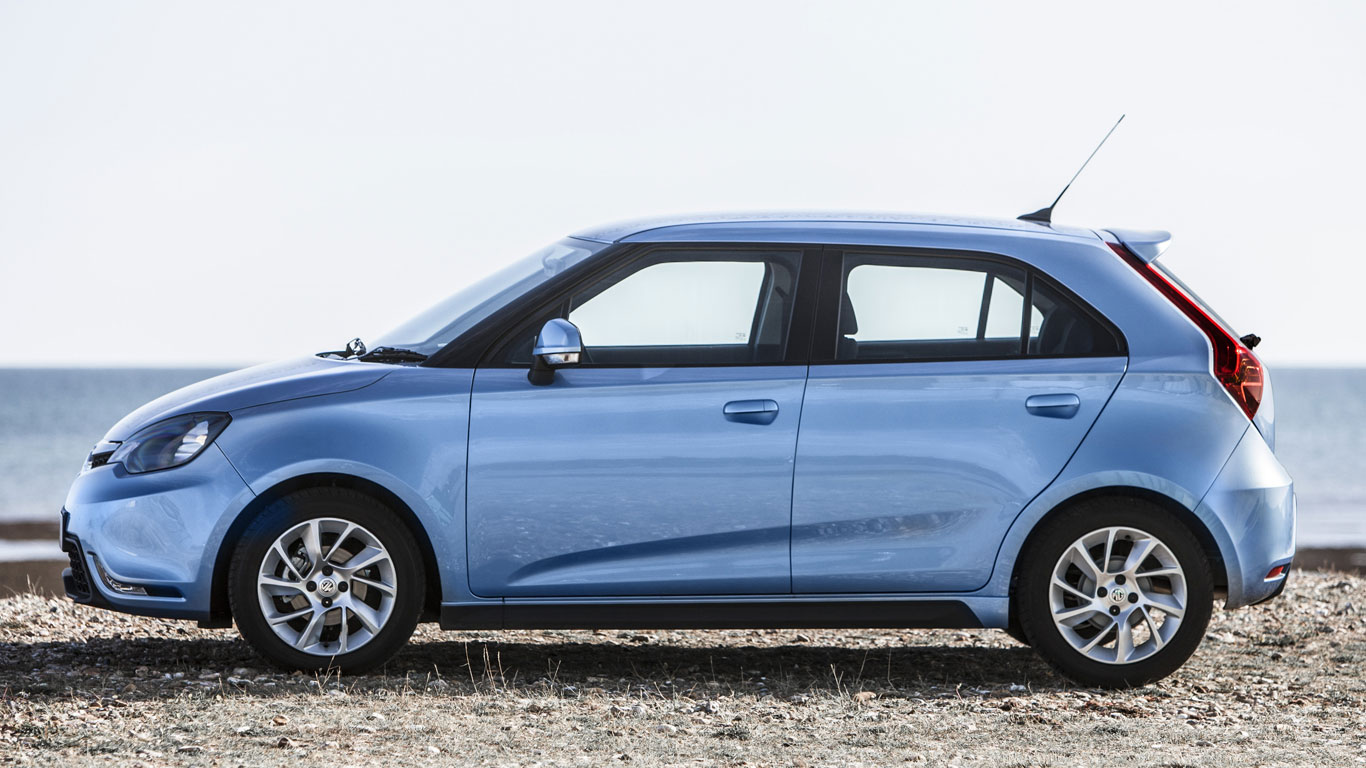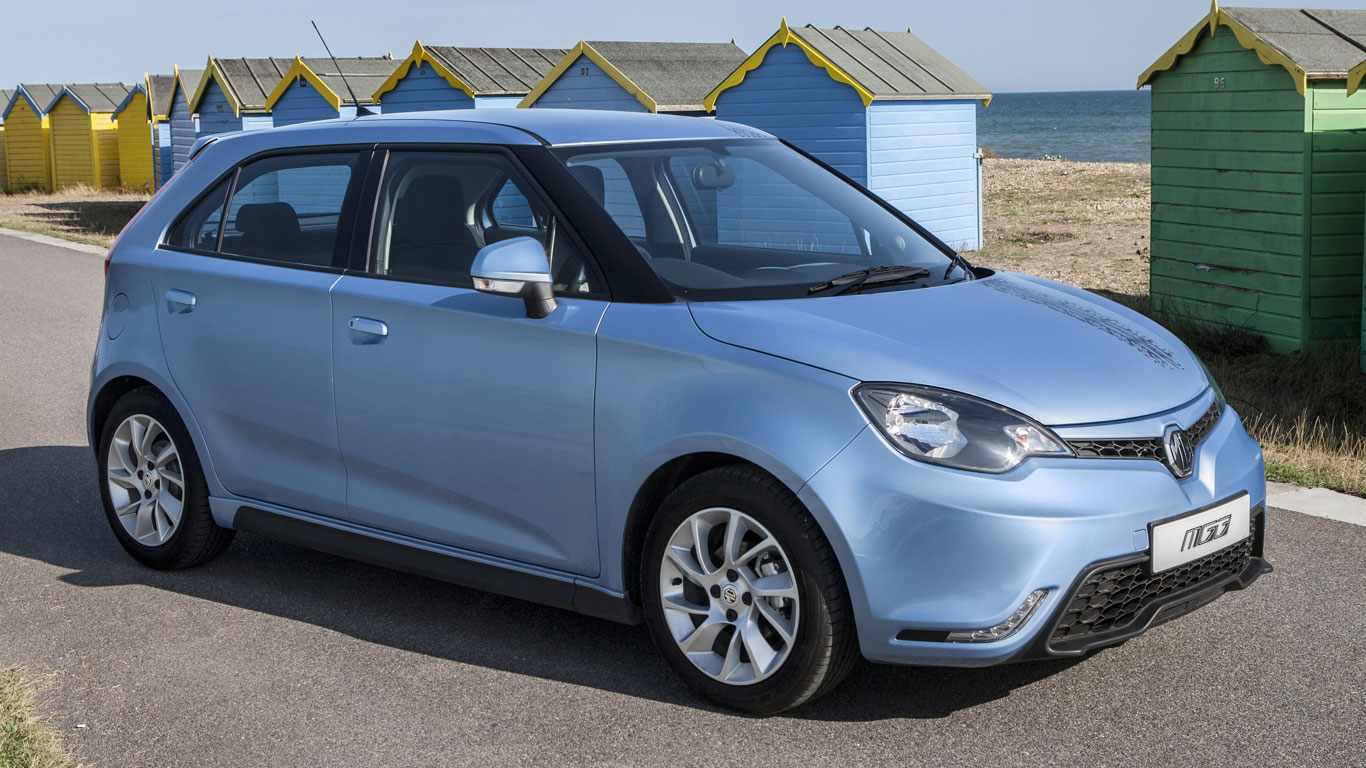This is MG’s bargain-basement take on a supermini. It’s the second car launched since the brand was reintroduced in the UK under Chinese ownership. Following in the footsteps of the grown-up MG6, the 3 majors on offering quirky looks and fun customisation options for an affordable price.
What are its rivals?
The MG3 is Fiesta-sized, but with prices starting at £8,399, it’s a value-for-money alternative that some will consider alongside the likes of the Skoda Citigo and Dacia Sandero.
Which engines does it use?
You don’t expect a choice of engines for that kind of money, do you? All MG3s come with the same old-fashioned 1.5-litre naturally-aspirated petrol engine.
What’s it like to drive?
The engine isn’t great. It’s unrefined, needing to be worked hard to make progress. If you do wind it up, however, it’s uncomfortably noisy and not particularly rewarding. It’s a stark contrast to the modern, turbocharged engines we’re used to in small cars.
There is a pleasant surprise, though. The MG3 handles beautifully. Its hydraulic power steering takes us back to a time when steering feel was a thing, while the chassis loves to be chucked around. This does come at the expense of the ride, though, which is on the firm side.
Fuel economy and running costs
With such an old-fashioned naturally-aspirated engine, the MG3 won’t return the same impressive eco figures as rivals. The outgoing EU5 model tested here returns 48.7mpg on the combined cycle, and emits 136g/km CO2. With the addition of stop-start on the new EU6 model, this improves to 51.4mpg and 124g/km.
Following our weekend with the car, the MG3 was showing just below 40.0mpg on its trip computer. Tax for the outgoing model will cost you £130 a year, compared to £110 for the EU6 version. Rivals will be cheaper to run.
Is it practical?
All MG3s come with five doors, and interior room is reasonable for a car of this size. The boot has quite a high lip, which can make loading heavy items tricky, but all models come with 60/40-split rear seats.
It’s not difficult to find hard plastics in the MG3’s interior, but for a budget car, most of these can be forgiven. Touches like the red stitching and splashes of silver brighten up the cabin.
What about safety?
Despite all models coming with six airbags and a myriad stability control systems, the MG3 scored just three stars when it was tested by Euro NCAP last year. Some of this is down to it lacking the technology you’ll find in more expensive rivals – such as a speed limiter or lane-assist function, so it shouldn’t concern you too much.
Which version should I go for?
Even if you splash out on the top-of-the-range 3Style, you won’t spend more than £10,999 on the MG3. For that you get 16-inch alloys, cruise control and parking sensors – none of which succeed in making the MG3 feel premium, but are some nice touches.
Should I buy one?
It’s far from perfect, the MG3. It desperately needs a new engine, and we’ve heard of a few quality control issues. Our own test car suffered from a slightly sticky throttle – a characteristic of the car, owners’ forums tell us.
But it does represent good value for money. For a good price, you get an interesting supermini with lots of customisation options and amazing handling. It’s essentially a cut-price MINI. A very cut-price MINI.
Pub fact
Production of the MG3 starts in China, at MG owner SAIC’s factory. It’s shipped across when it’s about 65% ready, and assembly is completed on the old MG Rover production line in Longbridge, Birmingham.
